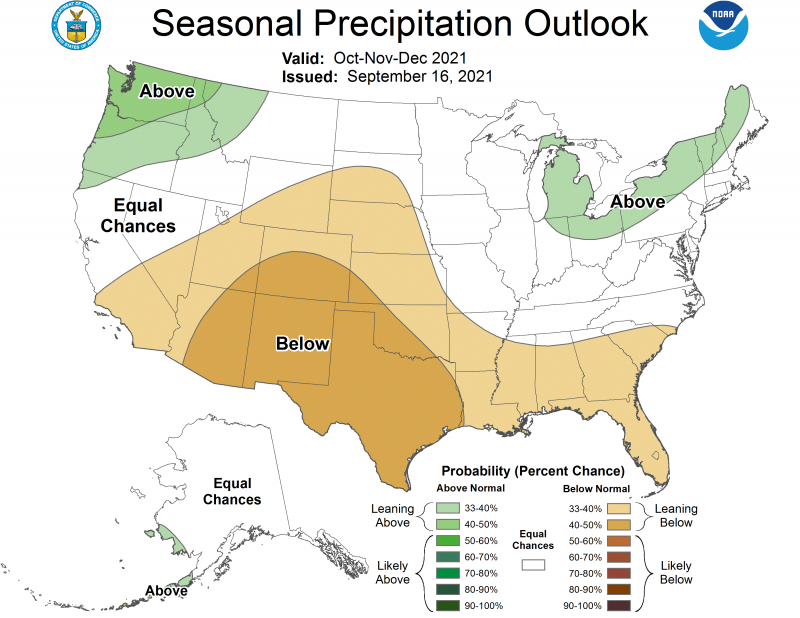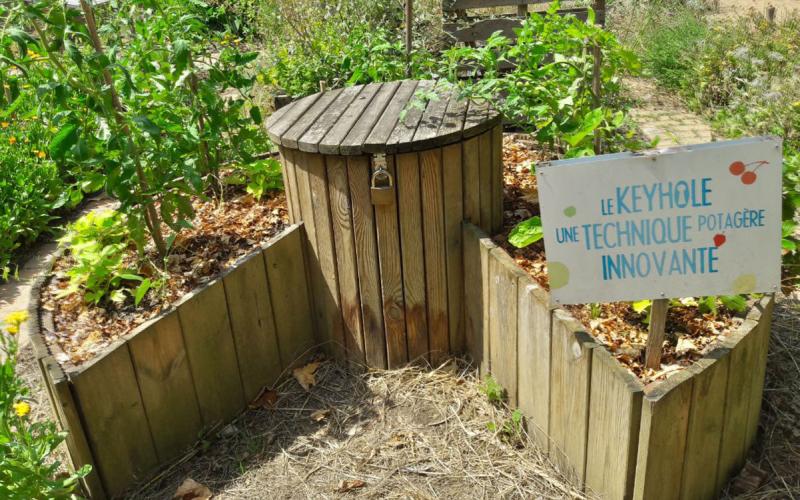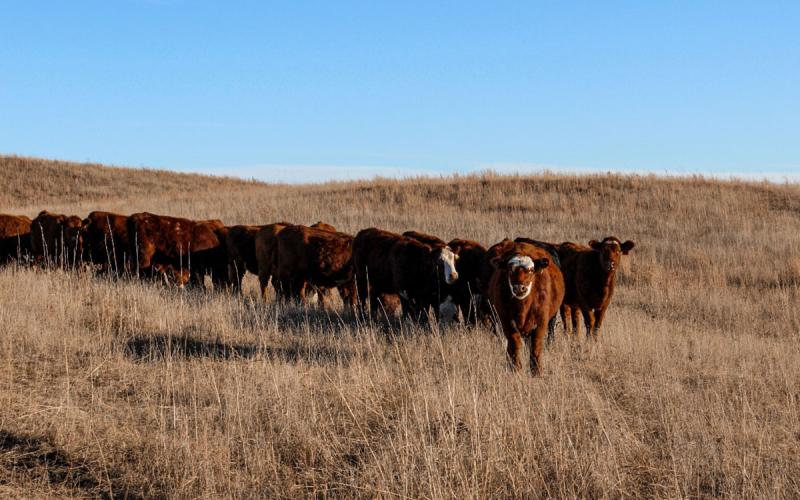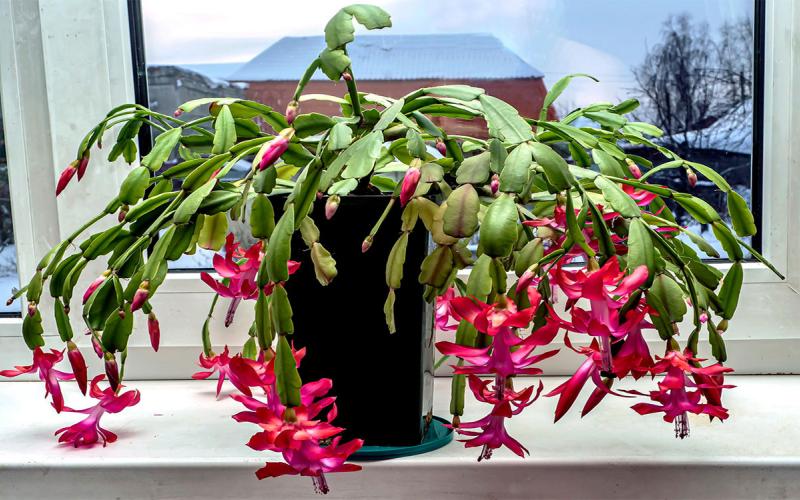
Climate forecasters are pointing towards a warmer than average October, with odds leaning towards drier conditions for the last few months of the year.
The latest monthly and seasonal climate outlooks were released on Sept. 16, 2021 by National Oceanic and Atmospheric Administration’s (NOAA) Climate Prediction Center. There is good consensus in the computer models and forecasters that October will be warmer than average in South Dakota. As for precipitation in the month ahead, there is much more uncertainty. Most of the state is designated as having equal chances of above, below or near-normal precipitation in October.
A look further ahead to October through December overall reveals that the warm signal in mid-autumn may not linger into the winter. The chances of warmer than average temperatures dwindles by the end of the year, and the three-month outlook indicates equal chances of warmer, cooler or near-average temperatures for October through December.
For the last three months of the year, the odds of drier than average conditions increase. All of South Dakota, except for the northern-tier counties and far-eastern region, have slightly increased chances of drier than average conditions.
Potential Impacts
When we think about the impacts of the potential of early warmth, and then later dry conditions, across the state, there are a few things to consider. First, is that a later than average frost or freeze is more likely than not. We are currently in the middle of our typical period for first frost, between Sept. 22 and Oct. 10 for most of South Dakota. The current forecast shows dry and warm weather for most of that time period. There are just a few isolated areas in the Black Hills that have already recorded sub-freezing temperatures this season. A widespread early frost or freeze is very unlikely this year.
A second impact of a potentially warm October, with lower chances of a very wet month, are the favorable conditions for dry-down of corn and soybeans in the field and for maintaining good field conditions for harvest of those crops. There is an opportunity for some cost savings in avoiding grain drying after harvest. Unsaturated field conditions also contribute to fewer equipment and traveling challenges in and around the fields.
A third impact could affect our 2022 growing season by way of soil moisture and surface water. At this time of year, rainfall in autumn can replenish our soil moisture and refill stock dams. The soils, in turn, can freeze and hold in place over the winter season, as there is little need for this moisture for growing plants, and cool temperatures minimize evaporation. Fall moisture can help our winter wheat, grasses, pastures and forages start off well in the spring as the soils await snowmelt or rain. This “bank account” of soil moisture is the back-up plan to a spring-season drought, such as the one we experienced earlier this year. Without an abundance of precipitation this fall, there will be areas of the state that will carry a soil moisture deficit into the winter and low stock dam water levels as well, particularly in the harder-hit drought areas.
Severe and extreme drought conditions have eased over much of central and eastern South Dakota in recent weeks. Warm temperatures in mid-September have helped to dry down summer crops, such as corn, soybeans and sunflowers, as fall harvest begins. At the same time, however, some western areas have degraded in drought conditions, as early fall rains have been missed in addition to warmer than average temperatures. There are now some good opportunities for planting winter wheat, however, with the hope of some timely rains to germinate the crop.
For horticulture and homeowners, keep in mind that the dry, drought conditions lingered for many areas this summer. Ensure that your trees are well-watered before winter sets in. Enjoy the longer growing season for your garden produce that is expected with a later than average frost or freeze. Use the pleasant days of fall to control weeds in your yard; there is no need to wait until a frost or freeze before using your fall herbicide.
Stay up to date with updates on the South Dakota State University (SDSU) Extension website and follow current weather, soil and climate conditions on the SD Mesonet website.


